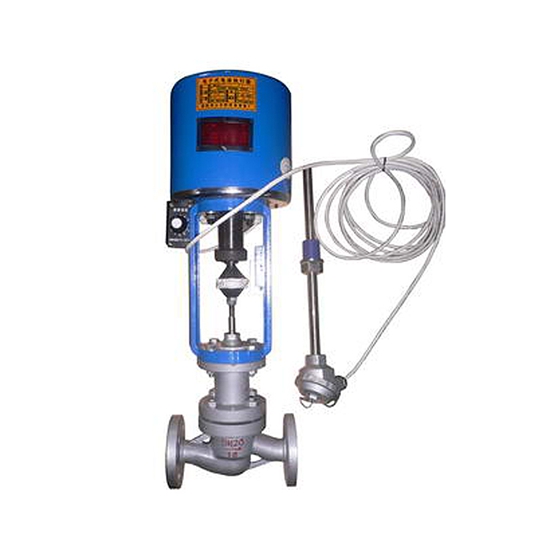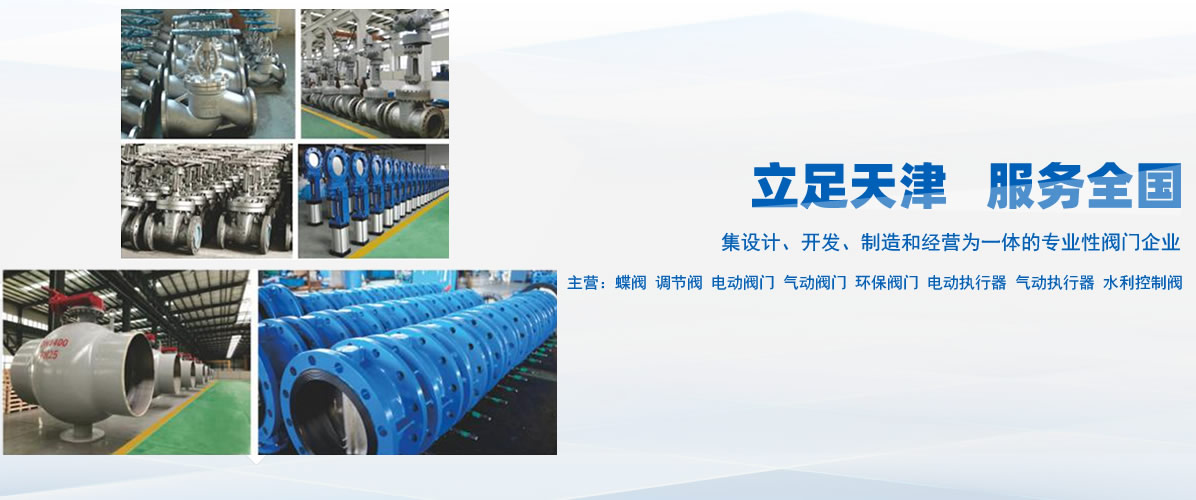Self operated temperature regulating valve
Self operated temperature regulating valves are suitable for various heat exchange conditions using steam, hot water, hot oil, and other media. Widely used for temperature automatic regulation in heating, air conditioning, domestic hot water, as well as temperature automatic regulation in special working conditions, such as chemical, textile, pharmaceutical and other production engineering. It is suitable for various heat exchange conditions using steam, hot water, hot oil and other media. Widely used for temperature automatic regulation in heating, air conditioning, domestic hot water, as well as temperature automatic regulation in special working conditions, such as chemical, textile, pharmaceutical and other production engineering.
Features: An actuator product that uses the energy of the regulated medium itself to automatically adjust the temperature of the medium without the need for any external energy. It has a wide temperature setting range, clear display, high accuracy, and is equipped with overload protection device, which is safe and reliable. Therefore, it is widely used in chemical, petroleum, power, metallurgy, etc

Key points for selection
(1) First, determine whether the controlled medium is oil or water.
(2) Calculate the flow rate of the controlled medium in m3/h.
(3) Select the diameter of the three-way temperature regulating valve based on the controlled medium and its design flow rate.
(4) Determine the model of the three-way regulating valve based on the valve body material (cast copper or T-shaped cast iron), connection form (F-flange, G-pipe thread, ZG cone pipe thread), valve structure type (Z-rotary valve type, H-slide valve type), temperature regulation range, and installation type.
(5) According to the different flow directions of the three valve ports, the three-way temperature regulating valve can be used for merging or splitting control applications.
(6) The function of a combined three-way temperature regulating valve is to mix two fluids of different temperatures through the valve into a third fluid with a temperature between the first two. This valve has two inlets (B is the high temperature inlet, C is the low temperature inlet) and one outlet (A), with a temperature sensing element installed at the outlet (A). The function of a three-way temperature regulating valve is to divide a fluid into two channels proportionally after passing through the valve. When the valve closes one outlet, it opens the other outlet. This type of valve has one inlet (A) and two outlets (B is a bypass reflux port and C is a bypass cooling port).
(7) A three-way temperature regulating valve can replace a two-way valve and a three-way connecting pipe.
(8) There are six installation types of rotary valve three-way temperature regulating valves, which are suitable for connecting pipes in any direction. The installation type is selected according to the actual pipeline connection of the system.
(9) The three-way temperature regulating valve can be installed at any position, but the emergency manual device should be installed in a convenient location for operation.
(10) To prevent impurities from getting stuck or blocked in the medium, a filter should be installed in front of the three-way temperature regulating valve.














